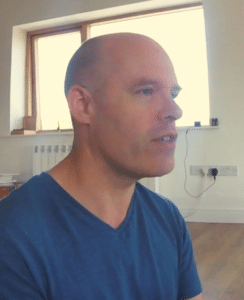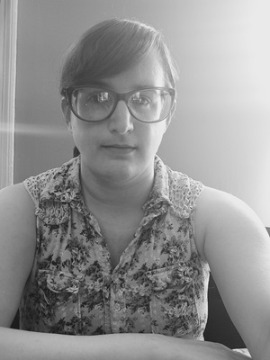Creating this site is a team effort and here we are presenting all our authors. However, as we are opening up our forums we really hope to engage you, the curious reader! I was driven to start this site by a deep found curiosity for Old Norse mythology and Viking history and while I have learnt a lot, there is still lots more to uncover and understand. Hopefully you will come along on the journey, and become one of the tribe!

Marius
Norse mythology enthusiast, Norwegian and living next to a series of old Viking age burial mounds. Having been brought up on the tales of Vikings, I was hooked early on. I read through the Icelander sagas and the Eddas while in high school and I keep coming back to them.
After dragging my kids to innumerable visits to the Viking ship and the UoO Historical Museums I started developing this site a few years ago. Hopefully we are making the old poems and stories from the Viking Age accessible to new generations of curious minds. You can find me here.
If you want to reach out about anything regarding this website you can find me at marius@vikingr.org

Vasilis Megas
Vasilis Megas (a.k.a. Vasil Meg) lives in Athens, Greece. He is a Greek- and Norse Mythology enthusiast. Vasilis is a published author, writing mostly fantasy and science fiction – and he is now working as a content writer, journalist, photographer and translator.

Kenneth McMullen
Kenneth McMullen is an independent scholar of medieval history, a museologist, and a freelance writer, copy editor, and tutor from Canada. He spends too much time reading about the socio-legal structure of medieval Iceland, Viking-age religion, and early medieval weapon typologies and plays too much Final Fantasy XIV in his spare time.

Liam K Byrne
Liam K Byrne is a life long fan of all things Norse mythology. As a freelance writer he has been a great help exploring and developing the old stories in a way that makes them easy to understand and highly entertaining.

Desiree Delong
Desiree Delong lives is a lifelong New Yorker with a penchant for writing retellings of myths, legends, folktales, etc. She currently works as a freelance writer and ghostwriter, allowing her to explore all sorts of topics… including Norse mythology!
